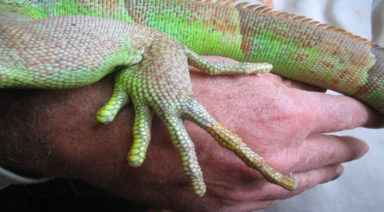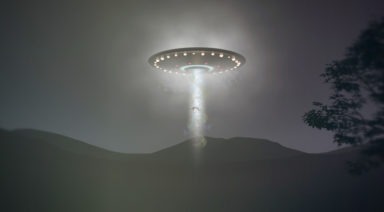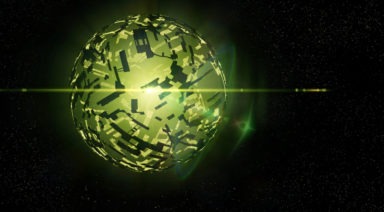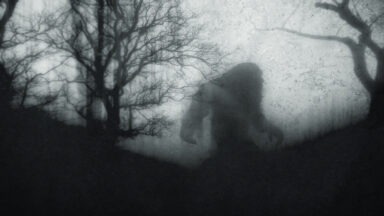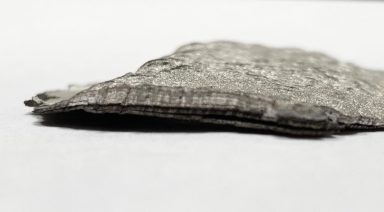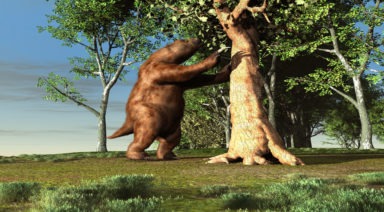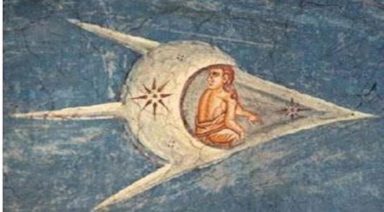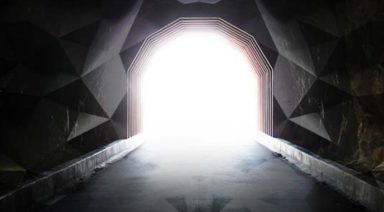Who are the Pleiadians?

Pleiadians are believed to be extraterrestrial beings who originated from the star cluster Pleiades.
Author Barbara Marciniak (Bringers of the Dawn: Teachings from the Pleiadians) is an internationally known trance channeler who speaks for a group referring to themselves as The Pleiadians. Self-defined as a “collective of multidimensional spirit beings from the Pleiades star system,” the group’s mission is to “assist humanity with the process of spiritual transformation.”
UFO researcher and auteur of Exopolitics.org, Michael Salla Ph.D. believes that off-world beings from the Pleiades star cluster are distant cousins to humans. Salla reports that the Pleiadians are motivated to connect with humanity out of concern for Earth’s future.
In this article, we’ll go over the symbolic meaning of the Pleiades throughout history and the facts and myths that surround it.
The Pleiades: Facts and Myths
Also called the “Seven Sisters,” the Pleiades are a group of stars in the Taurus constellation. Astronomers refer to the group as M45 — the designation comes from the work of 18th-century French astronomer Charles Messier, who identified and cataloged astronomical objects. At a distance of 444.2 light-years, the closest star cluster to earth, the Pleiades are used to plot distance using a method called the “cosmic distance ladder.”
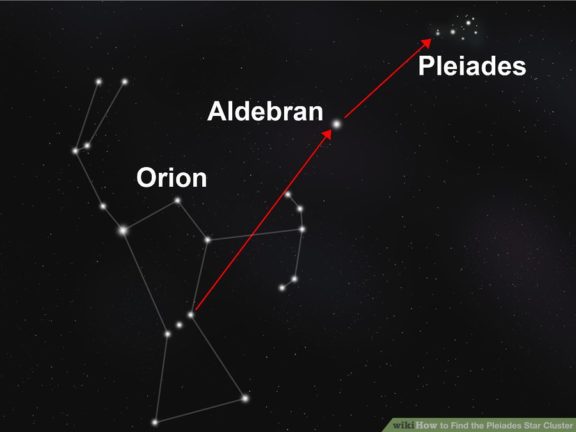
The cluster’s brightest star is Alcyone, judged to be seven times brighter than our sun. There are actually more than 1,000 stars within the cluster, and under optimal conditions, around 14 stars may be seen with the naked eye.
Most, when looking at the cluster without magnification, see six stars — but there are seven, and the “lost” seventh star is a common theme in multiple mythologies, including Indonesian, African, Australian, European, and Native American.
The Symbolic Meaning of the Pleiadians Throughout History
Many cultures have stories about the Pleiades and what they mean or represent. For example, Cherokee legends teach that Native Americans originated long ago in the Pleiades, and assert that indigenous people are on Earth as “star seeds,” with a mission of bringing light and knowledge. The Navajo call the Pleiadian star cluster the “Sparkling Suns,” and the Iroquois petition the constellation for happiness. The Lakota/Dakota people say their ancestors are from the Pleiades.
According to the “Complete Guide to Aliens,” the Pleiadians have a distinctive “Nordic,” or Scandinavian appearance, 700-year lifespans, and while they are, in evolutionary terms, still a work in progress, they are far more emotionally and spiritually developed than earth humans.
To truly understand the pleiadians and their symbolic meaning, it’s important to look at all the different mythologies and see that while they differ, they also hold similar themes.
The Pleiades in Ancient Greek Cosmology
In Ancient Greek Cosmology, the Pleiades were the seven daughters of the pre-Olympian Titan Atlas, and Pleione, a nymph. According to myth, the Pleiades, named Maia, Electra, Alcyone, Taygete, Celaeno, Merope, and Asterope, were dedicated to Artemis, the Greek goddess of the moon and the hunt.
Orion the Hunter had been placed in the sky, along with the scorpion that killed him, by Zeus. Prior to his death, Orion saw the seven sisters and set off to capture them. Zeus, in pity for their plight, turned them into stars and placed them in heaven.
Artemis was furious with Zeus and the mortal Orion. She convinced Zeus to send a monstrous scorpion to attack Orion — the hunter died from the stings. After his death, Zeus placed Orion in the sky in eternal pursuit of the sisters, and perpetual flight from the scorpion, or scorpio constellation. The cluster was also used by the ancient Mediterraneans to signal the beginning and end of sailing season, according to the Oxford English Dictionary.
The cluster appears in Homer’s Odyssey and Iliad, referenced as a signal for the beginning of planting season in May. Hesiod, another Greek epic poet, referenced the Pleiades in his poem, Theogony.
Western Hermeticism, Esoteric Symbolism, and the Pleiades
Hermeticism, an esoteric system based on writings attributed to the Hermes Trismegistus, includes treatises on the esoteric symbolism of constellations and planets. Hermes may have been from Greece or Egypt, but he has been referred to as “a son of the Nile.” He is also believed to be the father of Western astrology and alchemy. His writings are rumored to have first appeared in second century (AD) Rome, and he has always been associated with the Greek god Hermes as well as the Egyptian Thoth.
According to Hermetic traditions, the seven stars open seekers to a more refined level of consciousness. Viewed as a “school of learning” by hermeticists, only those who have been purified of energetic blocks to the subtle body. Invitation to and initiation into the Pleiadian wisdom teachings come spontaneously during sleep or deep meditation. The Pleiades are also viewed as our solar system’s source of electrical energy from the little sister star Electra.
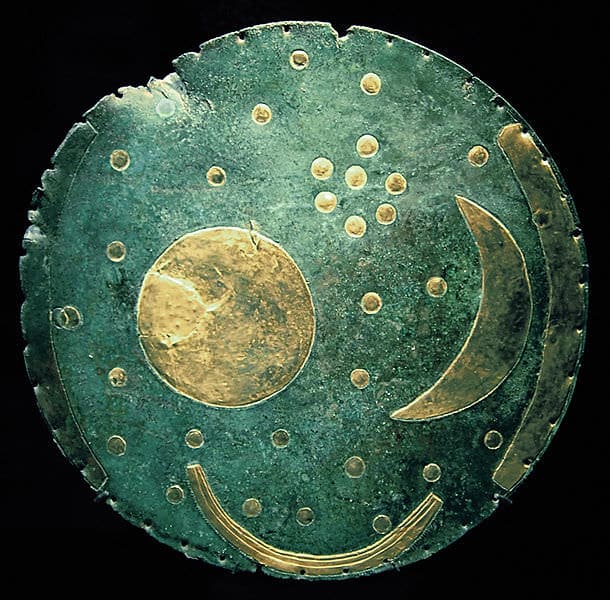
Nebra Sky Disk courtesy of Wiki Commons
The Pleiades in Norse, Celtic, and Bronze Age Mythology
The Nebra Disk, found in 1999 by treasure hunters in the Saxony-Anhalt region of Germany, portrays the star cluster with the moon and sun — dated to 1600 BCE, researchers believe it may have been a portable astronomical instrument. The artifact is the earliest known portrayal of the Pleiades cluster in the West.
In Bronze Age Europe, the Autumn solstice and Winter equinox were associated with grief and mourning. At the solstice, the Pleiades would rise in the east as the sunset in the west, thus the association with mourning and the passing of summer as well as the harvest season.
To Scandinavian, or Viking cultures, the Pleiades were thought of as Freyja’s chicks, Frejya being the Norse goddess of love, beauty, and fertility. For protection, some would paint seven spots, representing the seven stars, on hen houses. Ladybugs were associated with the cluster because of the seven spots on their wings.
The Pleiades in Asian Cosmologies
The first astronomical mention of the star cluster was in the Chinese Annals of roughly 2350 BC and was referred to as the Blossom Stars or Flower Stars.
The sprawling Xiaoling Mausoleum is the tomb complex of the Hongwu Emperor, founder of the Ming Dynasty. Located near Nanjing in Eastern China, when viewed from the air, the tomb complex echos the arrangement of the visible Pleiadian stars. According to author Wayne Herschel, this geoformation is a star map. Called the “treasure mound,” the tomb is said to hold “great cosmic secrets beyond gold treasure.”
In Japan, the Pleiades also relates to the cultural value of “harmonious grouping,” or in modern parlance, “teamwork,” a characteristic of samurai and shogun societies.
According to myth, Amaterasu, the Japanese sun goddess quarreled with her brother Susanowo, the embodiment of the power of nature. Intimidated, she hid in a cave. The world went dark, and to entice her back out, her jewels were hung from a sacred tree nearby — eventually, she left the cave and returned to the sky so the earth would once again be nourished by her light. Amaterasu’s jewels were associated with the Subaru, or Pleiades cluster. The story is an allegory — just as the sun becomes low in the sky in winter, the Subaru ‘jewels’ can be seen as a reminder that the sun will return in spring.
Hindu mythology holds that the seven sisters, called the Krrtika, were married to the Rishis, the seven sages that made up the stars of the Great Dipper. All lived together happily in the northern sky.
One day Agni, the god of fire, saw the Krrtika and fell in love. He knew they belonged to the Rishis, and despondent, he wandered in a forest trying to forget them. But the little goddess Svahi, embodied by the star Zeta Reticuli, saw Agni and was smitten. She disguised herself as the Krrtika and offered herself to him — he believed he had won the Rishis’ wives.
Svaha became pregnant, and when her child was born, a rumor spread that six of the Rishis’ wives were somehow the baby’s mother(s). When the seven Rishis heard this, they divorced their wives, but one, Arundhati (the star Alcor) refused to leave her husband. The other six wives became the stars of the Pleiades.
In Vedic astrology, the degrees of 26 Aries to 10 Taurus are ruled by the Krittika, or Pleiades. One born under the influences of the sisters is said to be fiery, warlike, and adventurous. Under an aggressive exterior, the natives have a deeply nurturing quality and have great capacities to support others.
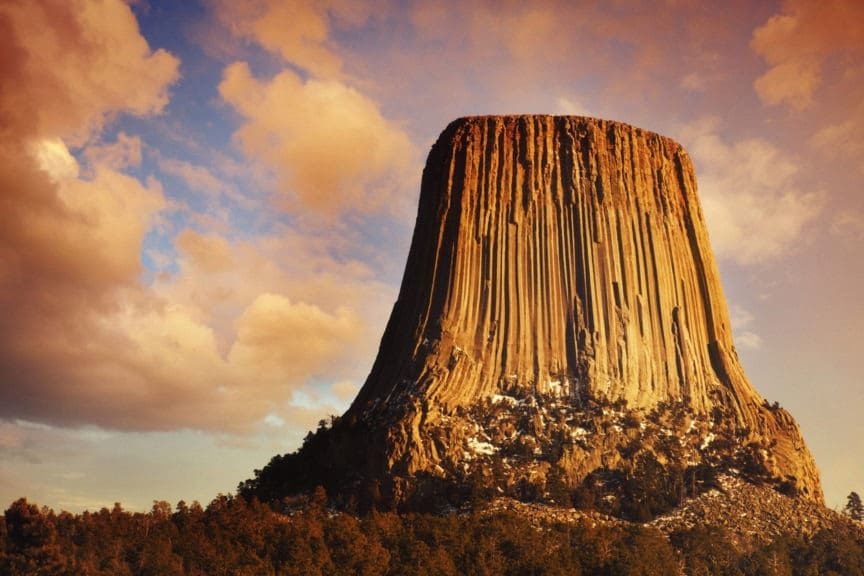
Sunset at Devil’s Tower in Wyoming, USA. Noise added.
Native American Pleiades Myths
A Cherokee myth tells the story of seven boys who played a game with rolling stone and sticks, called gatayu’sti, all day. They neglected their chores such as weeding the gardens. Their mothers nagged them without success — one day they gave the boys boiled gatayu’sti stones for dinner instead of corn.
Angry, the boys began to dance and pray for help from the spirits. Eventually, their mothers searched and found them dancing, but with every circle, the boys danced they lifted higher off the ground. The mothers ran to retrieve their sons, but too late — the boys were now out of reach.
Eventually, the boys rose into the heavens and became the Pleiades cluster, which the Cherokee still call Ani’tsutsa (the boys).
According to an article in Indian Country Today, “The Iroquois, Delaware, Carrier, Inuit, Haida, Salish, Paiute, Wiyot, Shasta, Luiseño, Chumash, Zuni, Cheyenne, and Blackfoot have all labeled the shining collection [Pleiades cluster].” The article also notes the slightly elusive quality of the cluster — rather than looking directly at the grouping, the constellation is much clearer when viewed with peripheral vision.
Citing a myth from the California Sierra and Paiute tribes, the author shares the story of the Grizzly Sisters and the Deer Sisters (Pleiades). “One day Grizzly mother ate Deer mother. Deer sisters retaliated by trapping Grizzly sisters in a cave.”
The midwestern Dakota believed that the cluster is the Tiyami, abode of the ancestors, and when we die, we go to live in the Pleiades. One famous story is about how seven maidens were being hunted by a bear. The girls prayed to the gods, who responded by raising the ground under their feet high into the air. The angry bear clawed at the earth, leaving claw marks, but finally gave up and left. The maidens were turned into stars and placed in the sky for eternal safekeeping, and the spot where they stood is now Wyoming’s “Devil’s Tower,” complete with huge vertical striations thought to be bear claw marks.
Takeaways
This is a small sample of Pleiadian myth and symbolism. This relatively tiny star cluster has taken on proportionally huge significance in almost every ancient tradition and cosmology. Perhaps we instinctively assign great significance to the Pleiades because we have a place for them in our collective consciousness — for now, we don’t know why, but perhaps we’ll find out as consciousness evolves.
Learn more about expanded consciousness and the Pleiadans by checking out our thought provoking films.
David Icke's Famous Reptilians Conspiracy: Do They Walk Among Us?
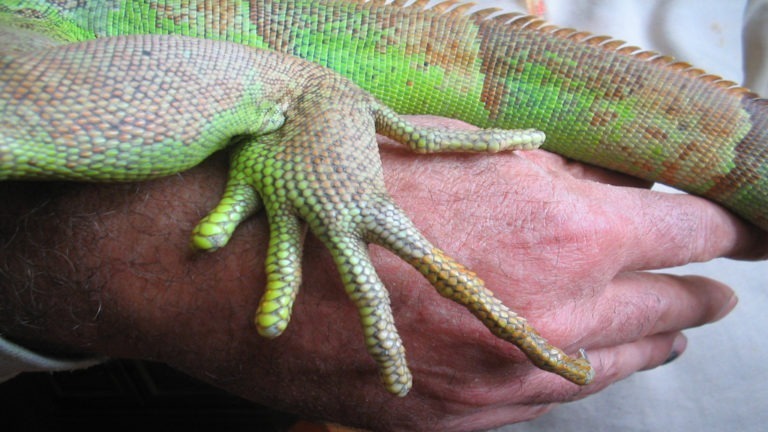
You’ve probably seen tabloid headlines claiming, “Justin Bieber Caught Momentarily Transforming into Reptilian Form,” or “Shapeshifting Secret Service Agent Proof of Illuminati Reptilian Bloodlines.” While these may seem like fringe conspiracies, a poll taken during the 2016 election showed that four percent or roughly 12 million Americans, believe in these famous reptilians. But if you really want to know more about the reptilian conspiracy theory, one need only ask David Icke.
Famous Reptilians
Much of the theory’s popularity comes from Icke’s interpretations of Gnostic texts such as the Nag Hammadi, as well as biblical Apocrypha like the Dead Sea Scrolls. He says he believes these texts contain evidence that certain higher vibrational beings of frequency, known as Archons, appear on Earth as humans, masking their true reptilian form.
These “Archontic” forces are undoubtedly evil, intent on enslaving humanity for their own selfish reasons. Icke says these forces are like a computer virus that manifested itself in elite bloodlines throughout mankind’s history. Also known to use their most infamous arm of clandestine influence, the Illuminati, these famous Reptilian shapeshifters form a psychopathic ruling class that pulls the strings in all of the world’s financial and political power structures.
And it’s not hard to sympathize with Icke’s belief; the decisions made by politicians, bankers, and the global elite are often selfish, detrimental to the environment, and subversive to the betterment of society at large – three signs of psychopathy. But are they really reptilian?
Of course, we all have a reptilian brain – that part of us responsible for behaviors, such as aggression, dominance, and territoriality – which was a nickname given to the basal ganglia by neuroscientist Paul McClean when he wanted to compare our instinctual actions to those of reptiles. But it seems like the Reptilians Icke describes are a little more conniving than McClean’s concept; it seems they’re capable of more cerebral thought.


